What is the best way to deal with a drop ceiling in a high humidity room?
A small portion of an indoor lap pool in southeastern New York has a drop ceiling and an outdoor deck above it. I believe it has Ice Water Shield or something similar (the roofer retired and cannot be found) and no exterior insulation and no venting on this roof below the outdoor deck.
Condensation problems developed inside the pool room where the humid pool room air (55% humidity pretty static or lower with dehumidification system) met the 3/4 inch plywood subfloor of the outdoor deck. From the inside of this portion of the indoor pool from interior ceiling to the outdoor deck subfloor is tongue and groove 3/4 inch wood boards, then rigid foam insulation and then faced fiberglass batts and then plywood subfloor of the outdoor deck.
The rigid foam was not sealed (no air barrier) and this portion of the room is below grade and cannot be vented and do not want to rip off the roofing. One suggestion was to put 1/2 inch plywood immediately above the tongue and groove ceiling boards and seal it as air barrier and possibly paint it to also be a vapor barrier. Then use unfaced mineral wool or fiberglass batts. But the tongue and groove boards would be nailed through the 1/2 inch plywood "air tight" barrier layer into 2x4s (no nails in the air). Suggestions on this approach or other ideas? Much appreciate it as i am homeowner trying to get educated on what different people have suggested (contractors/insulators/roofers). Thanks, S.R.

















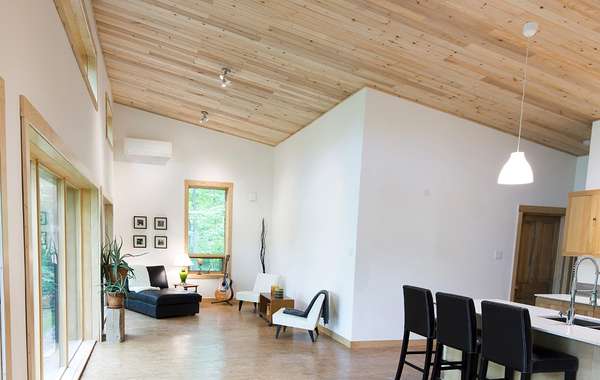
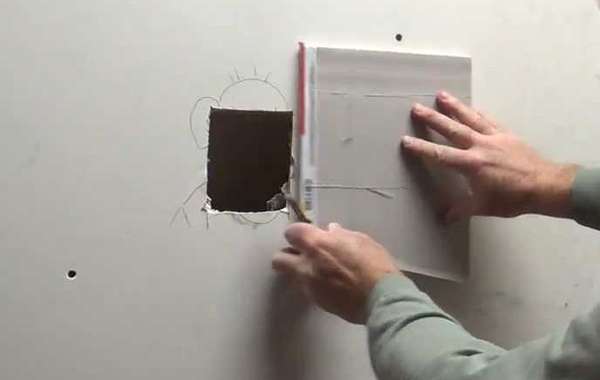
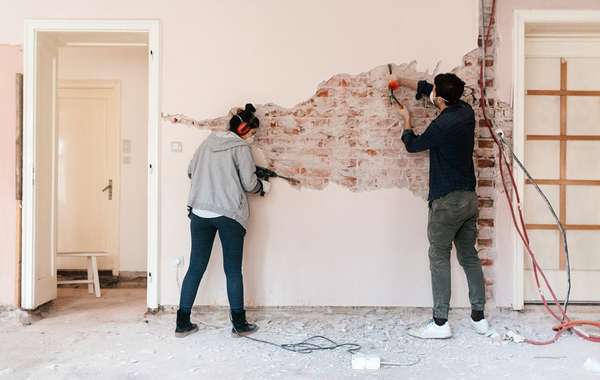
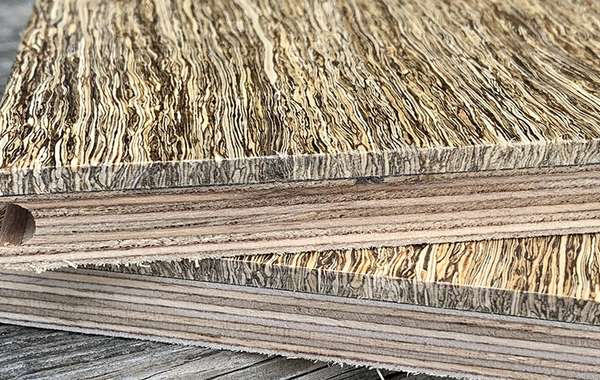

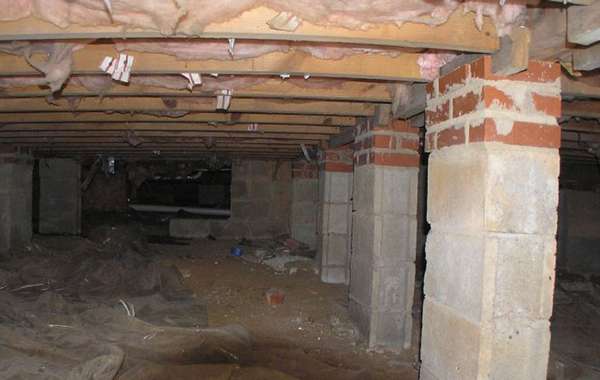
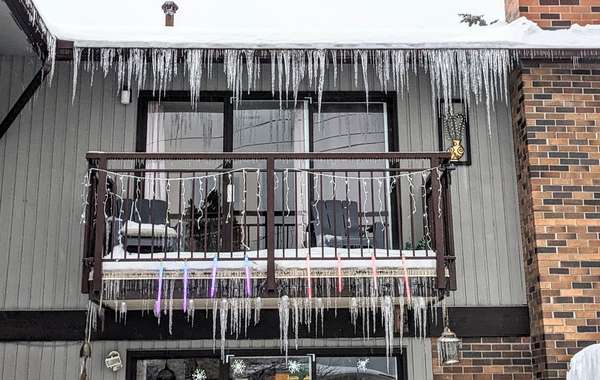
If we are understanding your ceiling and roof assembly correctly –
It sounds like the problem could be due to the fact that there is no air or vapor barrier in the assembly, so moist air is making it through the tongue and groove wood, past the insulation, and onto the underside of the decking ply - which is cold, allowing condensation to form which is dripping down and causing staining /degradation/mold on the T &G ceiling from above/behind.
It's a bit like the problems in ventilating/sealing a cathedral ceiling – and in your case you must be doing something right in terms of moisture control since it's exceptional that the humidity is only 55% in a pool room.
Putting in a vapor/air barrier without ventilation could be problematic in the future if/as and when the deck leaks - and footer the present to an extent because the condensation/moisture that would be potentially trapped in there by a barrier would cycle on its own. Water vapor, condensation, evaporation - and 55% is above what I would hope to have wood framing at for extended periods.